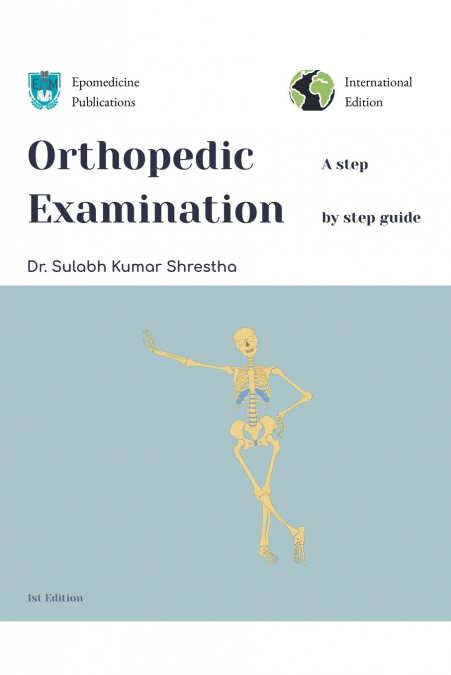
Dr. Sulabh Kumar Shrestha
Orthopedic examination is a fundamental aspect of assessing musculoskeletal conditions, injuries, and disorders. This comprehensive guide aims to provide healthcare professionals, students, and practitioners with a thorough understanding of the principles, techniques, and best practices involved in conducting orthopedic examinations. By examining the mechanics behind the tests, readers will gain the knowledge and skills necessary to accurately diagnose a variety of orthopedic issues. Whether you are an orthopedic surgeon, physical therapist, or medical student, this book serves as an invaluable resource for enhancing your clinical practice and improving patient outcomes. This book has four sections: Section 1 details the principles of history taking and general examination in orthopedic patients; Section 2 covers examination of the joints and the spine; Section 3 deals with examination of the peripheral nerves of the hand; Section 4 discusses making differential diagnoses. The chapters are organized in a logical and easy-to-follow manner, with numerous illustrations and photographs to aid readers in understanding the material. It is indeed difficult to find a student-friendly book on the system of Orthopedic examination and often the students struggle with the sequence and techniques during patient examination. This book comprises content in bullets and mnemonics which is expected to be easier to understand, follow and recall during patient assessment.